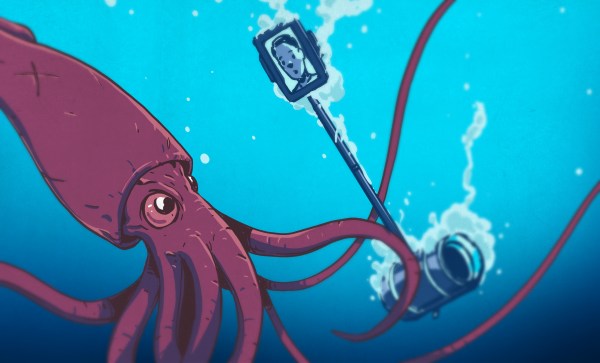The ocean is a hostile environment for man-made equipment, no matter its purpose. Whether commercial fishing, scientific research, or military operations, salt water is constantly working to break them all down. The ocean is also home to organisms well-adapted to their environment so DARPA is curious if we can leverage their innate ability to survive. The Persistent Aquatic Living Sensors (yes, our ocean PALS) program is asking for creative ideas on how to use sea life to monitor ocean activity.
Its basic idea is simple: everyday business of life in the ocean are occasionally interrupted by a ship, a submarine, or some other human activity. If this interruption can be inferred from sea life response, getting that data could be much less expensive than building sensors to monitor such activity directly. Everyone who applies to this research program will have the chance to present their own ideas on how to turn this idea into reality.
The program announced it will “study natural and modified organisms” (emphasis ours.) Keeping an open mind to bio-engineering ideas will be interesting, but adding biohacking to the equation also adds to the list of potential problems. While PALS will keep its research within contained facilities, any future military deployment obviously will not. Successful developments in this area will certainly raise eyebrows and face resistance against moving beyond the lab.
But such possibilities are still far away in a future that many never arrive, as is common with DARPA initiatives. Very recently we talked about their interest in brain stimulation and we’ve been fascinated by many DARPA initiatives before that. If PALS takes off, their living sensor nodes might end up face to face with the open-source underwater glider project that won this year’s Hackaday prize.
[via Engadget]













